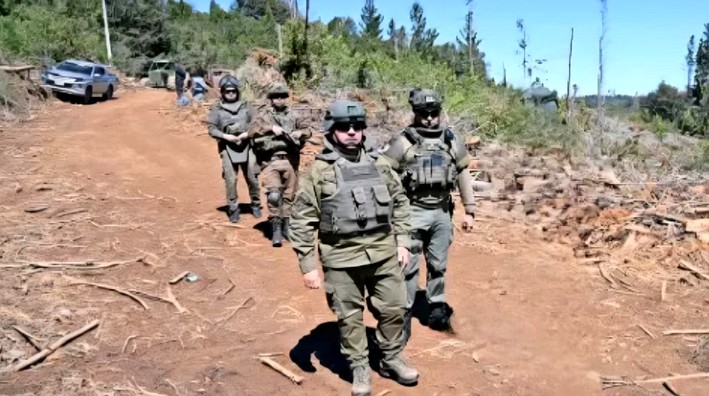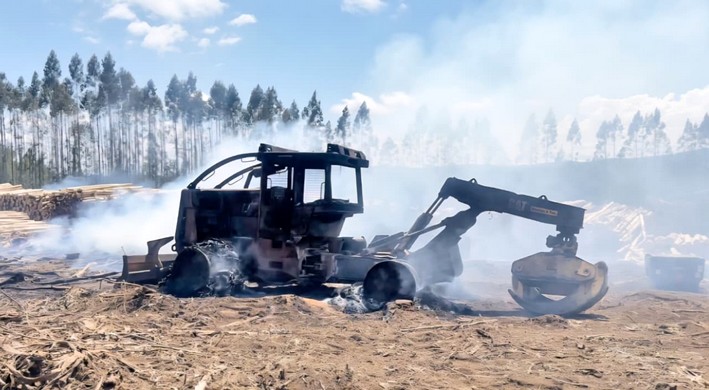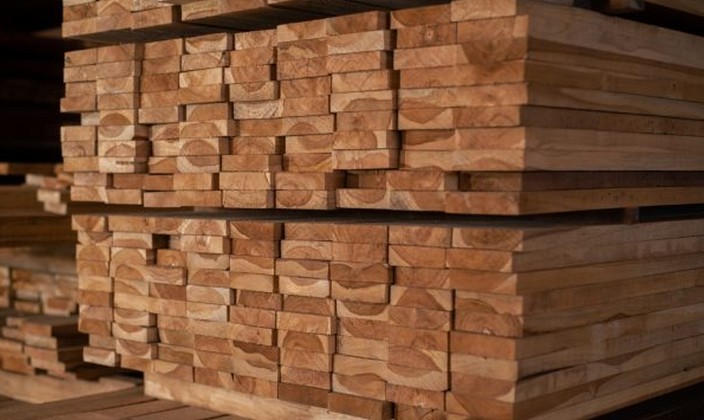FSC: A History, A Future
At the recent General Assembly of Forest Stewardship Council members in Chile (FSC Chile), keeping in mind our ever-relevant and forward-looking mission—to promote responsible forest management worldwide and in Chile—we sought to reconnect with the original purpose and history of our organization and renew our commitment to FSC.
We invited Timothy Synnott, who served as FSC's first Director General in 1993. Tim shared that there are many accounts of FSC's origins, its creation, scope, and objectives, beginning with the observation that from its inception, "FSC is a battleground." In this arena, a diversity of actors debate and share different visions, perceptions, and interests, with the ongoing challenge, even today, of reaching agreements and aligning them—agreements that, once achieved, are upheld and fulfilled under the umbrella of certification.
Some of those originally involved were primarily motivated by tropical forest issues, while others were driven by concerns in temperate and boreal zones, and still others by the fact that the timber trade was entirely global. In the early years, there was also a widespread perception that FSC would or should focus mainly, or even exclusively, on small-scale or community-managed forests, leaving out large-scale plantations.
Diverse perceptions persist: "The original intent of certification was to value ecosystems," and "FSC's original mandate was to stop tropical deforestation." These were undoubtedly the intentions of some highly active participants, Tim notes, but the goals that united all participants were those outlined in FSC's Statutes and Principles and Criteria, which boil down to promoting good forest management worldwide. In 1992/93, when the embryonic organization began calling itself FSC, it had already clearly set its sights on all forest types in all regions. And, within broader discussions, it was also noted that, "In short, the goal of forest certification is to demonstrate to wood product buyers that the wood comes from a well-managed forest" (1).
It is in this context that we renew our commitment to what FSC promotes—"Forest Stewardship," a term difficult to translate in a single word but which, in practice, refers to the forest management standards FSC provides. These enable responsible sourcing by verifying supply chains, allowing markets to engage with forests responsibly; conservation, by working with key organizations to maintain and strengthen the value of forests; and restoration, by convening diverse stakeholders to accelerate forest recovery.
Certification is one of the ways we put sustainable forestry standards into practice. Through partnerships with a broader ecosystem of stakeholders, we also seek to contribute to forest conservation and restoration. And all this with the challenge of not excluding any relevant actor connected to forests. In this context, at the close of the 2023 Assembly, we shared with members the most significant progress and projections of the work we have been developing in Chile for over four years—generating knowledge to contribute to responsible management of small-scale or low-intensity forests and the development of small landowners.
This work is also made possible thanks to partnerships with FSC-CFFP, CONAF, ISEAL, and a significant number of members and professionals who accompany us in this new phase of FSC's development in Chile. Here, we aim to positively impact small-scale native forest management and the inclusion of small landowners in the system in a way that benefits them. This challenge is social, environmental, and technical—but above all, collaborative.
Many of these references are taken from "Some notes on the early years of FSC." Timothy Synnott, November 19, 2005.

















